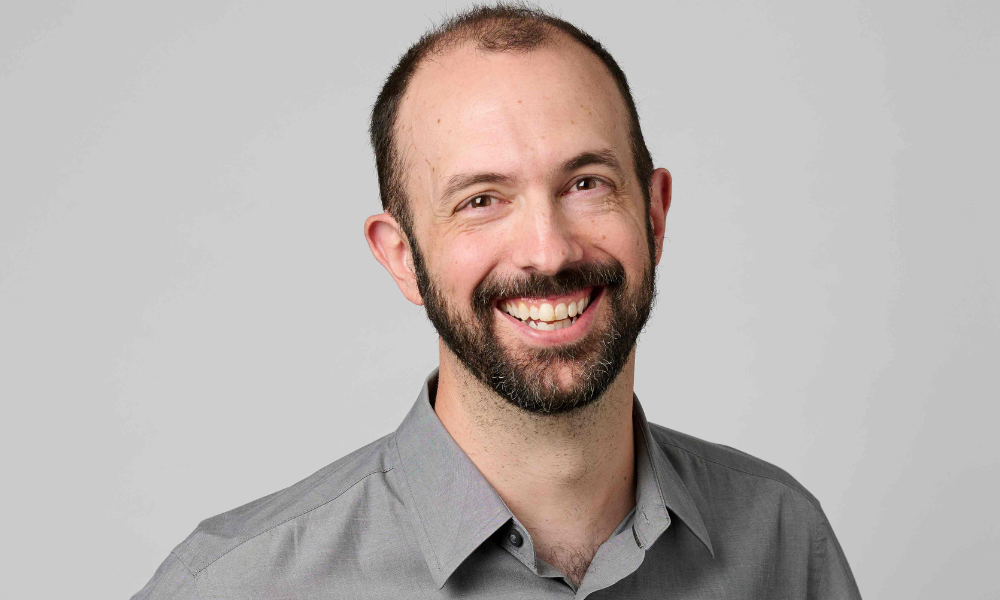HCF backs telehealth initiative to improve heart failure care

HCF backs telehealth initiative to improve heart failure care | Insurance Business Australia
Life & Health
HCF backs telehealth initiative to improve heart failure care
Project expected to reduce hospitalisations and improve patient outcomes
Life & Health
By
Roxanne Libatique
The HCF Research Foundation is backing a project led by Professor Andrea Driscoll of Deakin University and Austin Health via its Translational Research Grants (TRG) scheme.
The project, titled “I-HEART: Implementation of Heart Failure Guidelines in Regional Australia,” focuses on improving heart failure care for patients in regional and rural areas through telehealth services and nurse-led clinics.
The I-HEART project aims to address this by enhancing access to heart specialists and ensuring patients receive appropriate therapies, thereby reducing re-hospitalisations and improving the quality of life for heart failure patients.
“So often, heart failure patients aren’t on the right medications,” Driscoll said. “We know from research findings that only 6.9% of patients hospitalised with heart failure received all recommended heart failure therapies. Getting patients on the right therapies will improve outcomes.”
I-HEART project milestones
Since its inception in 2022, the I-HEART project has implemented over 30 decision support tools and established two nurse-led heart failure clinics. The initiative focuses on creating integrated care and building workforce capacity by collaborating with six regional hospitals.
“These efforts have significantly bolstered self-management among heart failure patients,” Driscoll said.
The initiative has also emphasised educational outreach, conducting over 25 workshops that have trained more than 270 health professionals in heart failure management.
“Through our workshops, we’ve increased the workforce capacity significantly,” Driscoll said.
Telehealth has been pivotal, particularly for those in regional and rural areas where specialist care was previously lacking. Patients are seen within a week of hospital discharge and then weekly for five weeks to prevent readmission.
This structured follow-up, coupled with a co-design approach, has been vital to the program’s success. By involving hospital executives, clinicians, local health professionals, and patients, the program is designed to meet specific community needs.
“It really needs to be tailored to the local environment,” Driscoll said. “What’s done in regional hospitals is really different from metro areas.”
The program has also introduced interventions such as iron infusions, further reducing hospitalisations and generating additional funding.
Importance of developing care models
Dr Chris Pettigrew (pictured), head of the HCF Research Foundation, highlighted the broader impact of such initiatives.
“A rising tide lifts all boats,” he said. “Developing care models that get people out of hospital earlier, and keeps them out by reducing readmissions, frees up beds for other patients, and benefits the entire health system. It’s about increasing efficiency, reducing costs, and getting the right care to patients who need it most.
“By leveraging telehealth and local expertise, this project is making a tangible difference in the lives of heart failure patients in regional Australia, offering a model that could benefit communities nationwide.”
Related Stories
Keep up with the latest news and events
Join our mailing list, it’s free!






